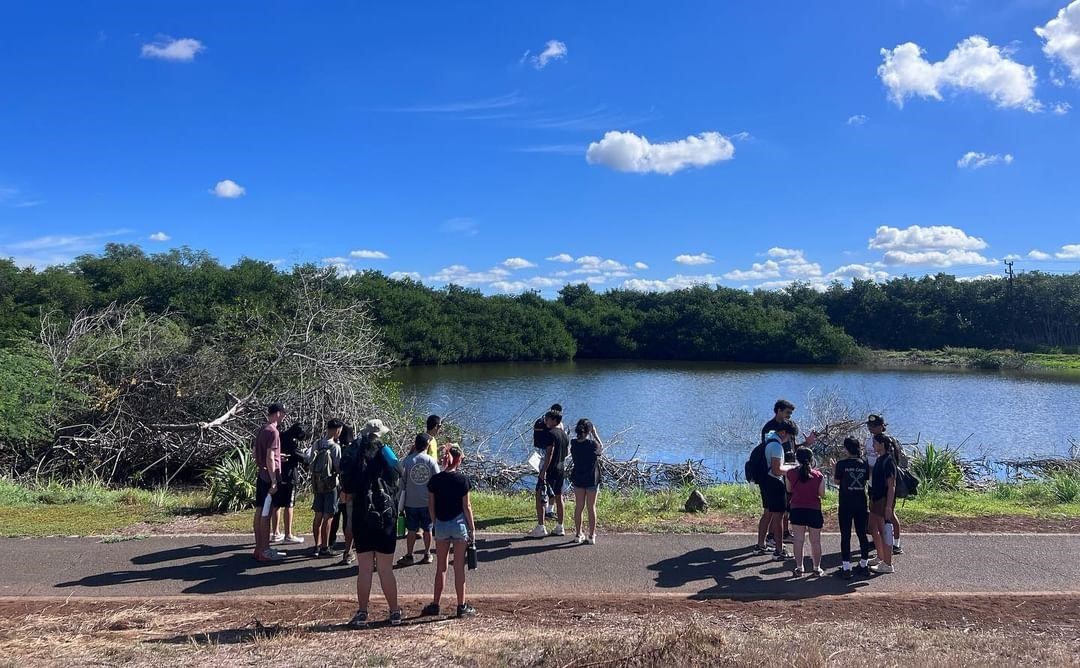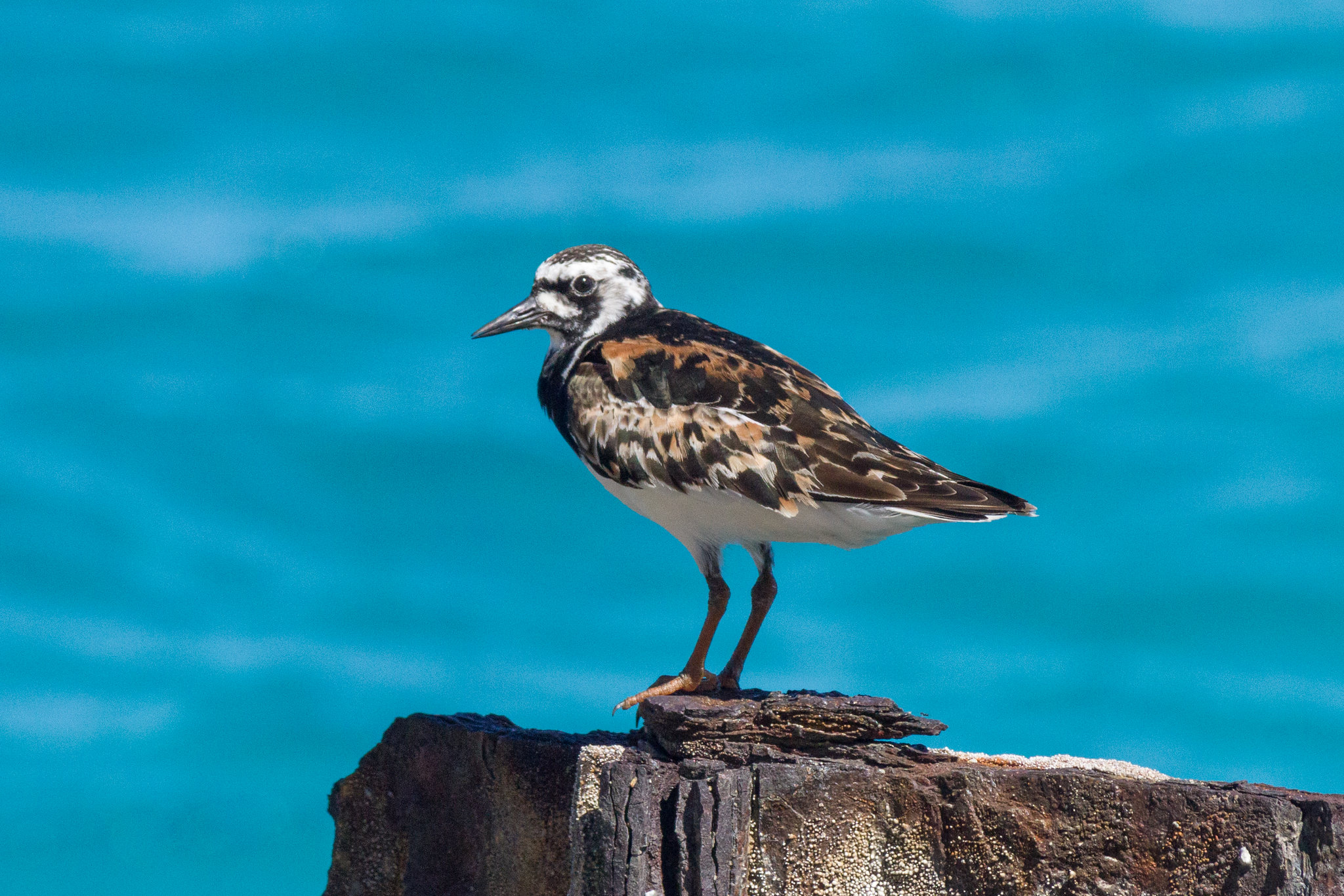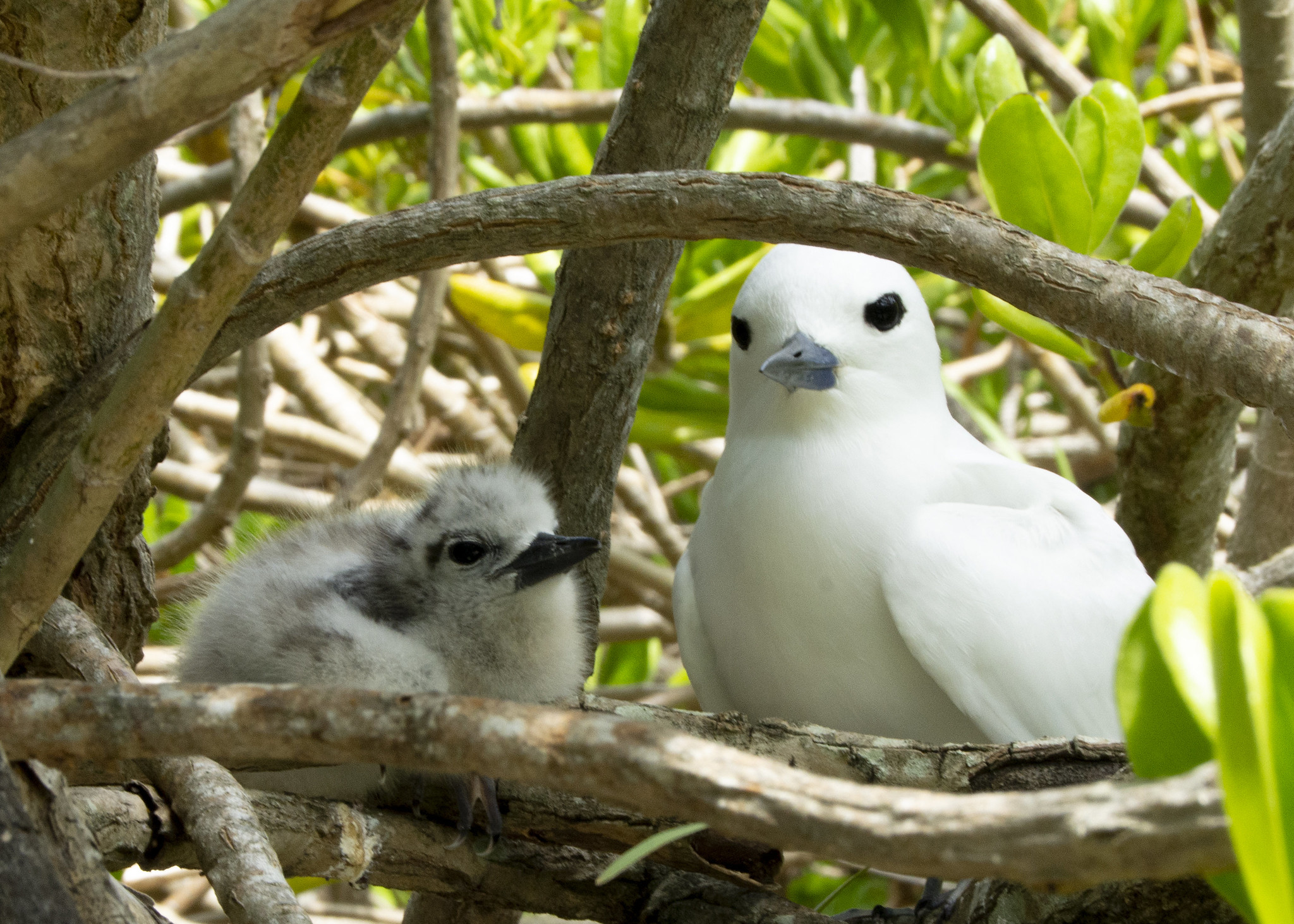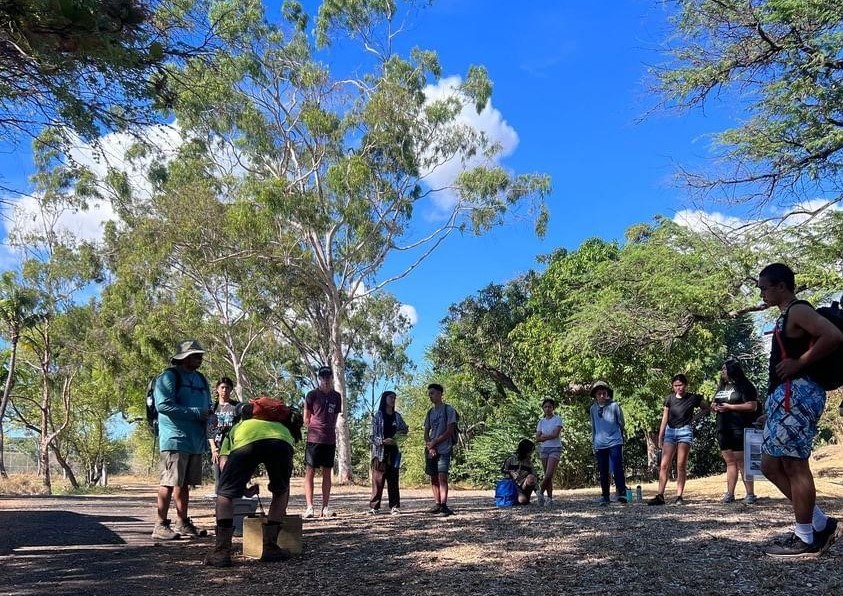
Travel outside of the bustling city of Honolulu, and you’ll find an island full of beautiful beaches, coastlines, rich culture and history, and a strong sense of community and commitment to the land. In addition to the lush ocean and plant life, Oʻahu is also home to many endemic and culturally important waterbirds.
A major factor contributing to the decline in these birds is habitat loss. Pre-urbanization, the Hawaiian lowlands were flush with wetlands – both natural and manmade. The loss of these habitats had a host of impacts on the health of the landscape and the wildlife. Specifically, the ʻEwa region of Oʻahu, near Pearl Harbor, used to contain wetlands and loko iʻa (Hawaiian fishponds) all along the coastline. While development and militarization have reduced much of this habitat, small patches remain – and still support endangered wetland bird species.
Hui o Hoʻohonua (HOH) is an organization based in the area that is focused on restoring and connecting the remaining wetland bird habitat. By reconnecting these patches of habitat, they hope to create a corridor of restored habitats including preserves, fishponds, and parks from the Honouliuli Watershed to the USFWS Pearl Harbor National Wildlife Refuge Complex.

Along with on-the-ground restoration approaches such as predator control, habitat maintenance, and bird monitoring, the organization recognizes that community engagement and education are key to the success of local conservation. In 2023, Hui o Hoʻohonua received funding from a Pacific Birds Partnership Grant to more holistically incorporate these approaches into their conservation toolbox and strengthen community engagement in their restoration work.
“We feel it is also important to note that the Pearl Harbor (Puʻuloa) shoreline and surrounding ʻEwa Moku communities, lands, and waters have experienced significant trauma over the last 130 years, and projects like the one we carried out for the Pacific Birds Partnership Grant are providing inspirational ʻhope spotsʻ to drive collaborative and scalable restoration.”
- Lisa Johnson, Hui o Hoʻohonua


Another key goal of their partnership grant was establishing a robust wetland bird monitoring program that engages schools and community members, through storytelling, art, and on-the-land experiences. Throughout the grant, the team brought close to 3,000 participants and 65 groups to their wetland site Nihola Loko, at Kapapapuhi Point Park for tours. The tours covered wetlands ecology and native Hawaiian wetland birds and were followed by additional activities to reinforce the knowledge. Participants ranging from 7th grade to adult participated in bird surveys. The surveys expanded the knowledge of bird use at the site, including previously undetected native birds at Nihola Loko, including the ʻAkekeke, or Ruddy Turnstone, Manu-o-Kū or White Tern, and ʻIwa, or Great Frigatebird.
“When communities value wildlife, wildlife can thrive - even in heavily populated areas like Oʻahu where wetland habitats and beloved, native wetland species are at significant risk.”
- Lisa Johnson, Hui o Hoʻohonua

Additional aspects of the courses included predator control demos, lessons on binocular use, and in-depth lessons on ecological concepts and bird life history. They also held Q&A sessions to gather community input on how they can collectively protect and conserve Hawaiʻi’s native birds and wetland habitats.
Projects like this illustrate the huge impacts that relatively small grants and projects can have on a community and conservation simultaneously. Hui o Hoʻohonua and their work is a vital part of that and is helping create the next generation of land stewards. We’re excited to see what they accomplish going forward!
